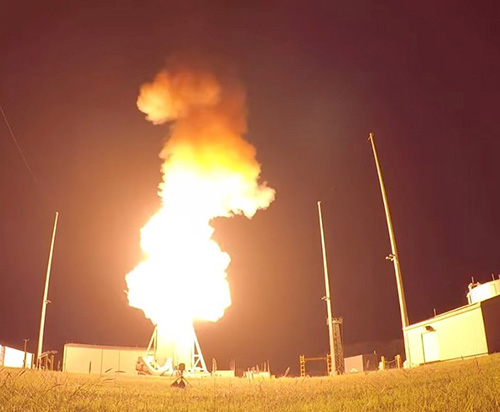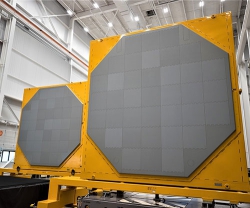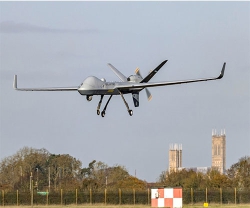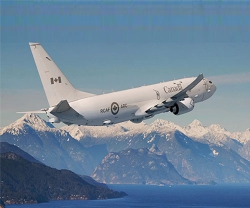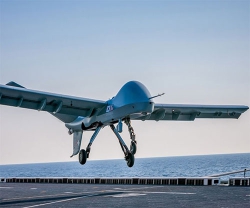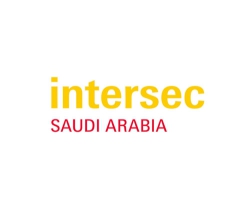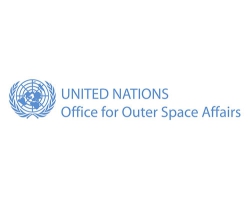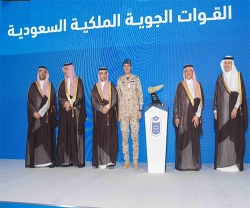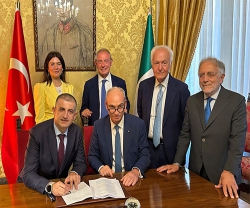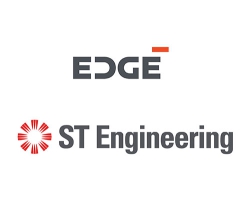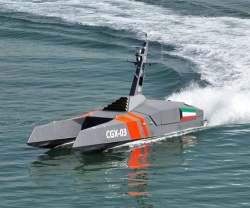The Missile Defense Agency completed the third successful intercept of a ballistic missile target by a Raytheon Company SM-3® Block IIA missile, the next-gen variant that defeats missile threats outside the earth’s atmosphere. The test evaluated the system's overall performance and achieved three milestones for the IIA variant:
- The first successful intercept from a land-based launch
- The first intercept of an intermediate-range ballistic missile target
- The first intercept using tracking data from remote sensors, known as “engage on remote”
Raytheon’s missile defense solutions continue to expand the defended area by protecting against increasingly sophisticated threats with the use of remote sensors. In this test, Raytheon's AN/TPY-2 radar served as a remote sensor, tracking and providing the missile with data on the incoming threat, instead of using the phased-array connected to the Aegis Ashore system.
“This is a versatile and sophisticated missile. Our partnership with the Missile Defense Agency and Japanese industry made these results possible,” said Dr. Taylor W. Lawrence, Raytheon Missile Systems President.
The IIA variant has larger rocket motors and a bigger kinetic warhead, raising its effectiveness against evolving threats. The advanced missile obliterated a medium-range ballistic missile target at sea in October. SM-3 is the only ballistic missile interceptor that can be launched at sea and on land, and has achieved over 30 intercepts in space.
Raytheon Company, with 2017 sales of $25 billion and 64,000 employees, is a technology and innovation leader specializing in defense, civil government and cybersecurity solutions.
With a history of innovation spanning 96 years, Raytheon provides state-of-the-art electronics, mission systems integration, C5I™ products and services, sensing, effects, and mission support for customers in more than 80 countries.
Raytheon is headquartered in Waltham, Massachusetts, USA.

